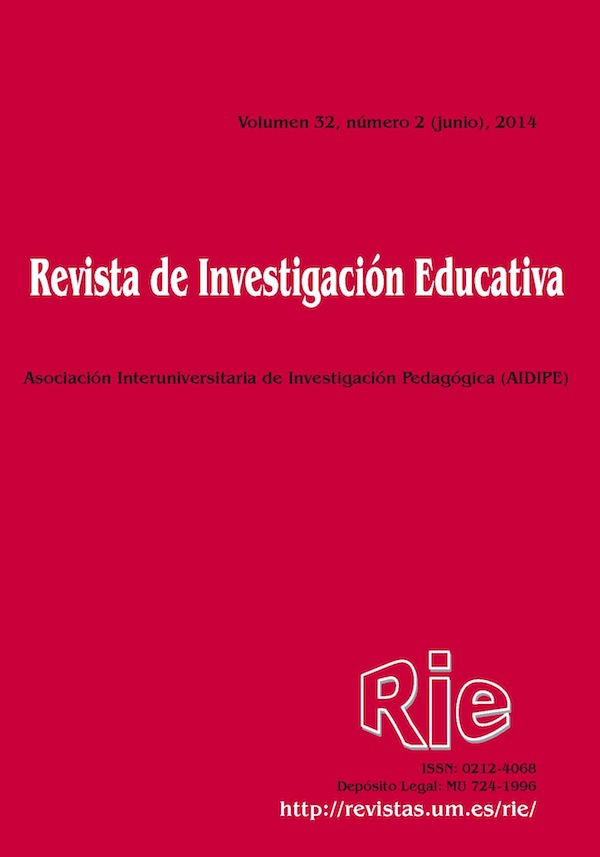Factors related to regional gap in spanish achievement in PISA assessment
Abstract
The present study compares the differences in achievement level between the autonomous communities of Spain that extended their sample in the PISA assessment. Two groups of communities were identified within the national territory, one with high scores and another one with low scores on the assessed competencies. Both groups correspond geographically to autonomous communities in the north and the south of Spain, respectively. By using a range of regional indicators of achievement such as socio-economic and educational indicators, the study attempts to characterize the autonomous communities within each group by analyzing mean differences for each indicator. These differences are then evaluated using bootstrap techniques. The results show that in relation to the achievement gap between regions, exogenous socio-economic and cultural factors play a more important role than educational resources or the characteristics of the regional educational system considered in our analysis.
Downloads
-
Abstract1023
-
PDF (Español (España))605
The articles and scientific documents published in RIE abide the following conditions:
1. The Servicio de Publicaciones de la Universidad de Murcia (the publisher) has the property rights (copyright) of all the documents published and allows the reuse under the user’s license indicated in point 2.
2. All documents are published in the digital edition of RIE under a Creative Commons Reconocimiento-NoComercial-SinObraDerivada 4.0 Internacional. (legal document) license. These documents can be copied, used, distributed, communicated and explained publicly if: i) the author(s) and its original source of publishing (magazine, publisher and URL of the document) are cited; ii) it is not used for commercial purpose; iii) the existence and the specifications about this license are mentioned.
3. Auto-archive’s conditions. The authors are allowed and encouraged to digitally distribute the pre-print versions (a version before evaluation) and/or post-print (a version that it is already evaluated and accepted to its publication). This promotes circulation and distribution earlier and can increase the citations and significance within the academic community.










